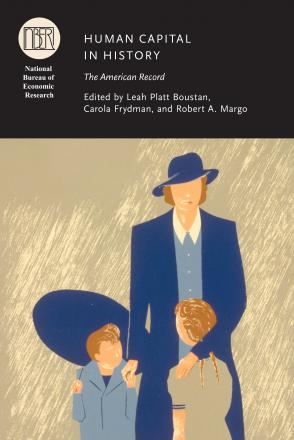Is There a Case for a "Second Demographic Transition"? Three Distinctive Features of the Post-1960 U.S. Fertility Decline

Dramatic fertility swings over the last 100 years have been the subject of literatures in demography and economics. Recent research has claimed that the post-1960 fertility decline is exceptional enough to constitute a "Second Demographic Transition." The empirical case for a Second Demographic Transition, however, rests largely on comparisons of the post-1960 period with the baby boom era, which was itself exceptional in many ways. Our analysis of the U.S. instead compares the fertility decline in the 1960s and 1970s to the earlier twentieth century fertility decline, especially the 1920s and 1930s.
Our findings affirm that both periods experienced similar declines in fertility rates and that the affected cohorts averaged the same number of children born over their lifetimes. In contrast to conventional wisdom, the mean age of household formation (by marriage or non-marital cohabitation) and first birth are almost identical for women reaching childbearing age in the 1920s and 1930s and today.
Three features, however, distinguish the post-1960 period: (1) the convergence in the distribution of completed childbearing around a two-child mode and a decrease in childlessness; (2) the decoupling of marriage and motherhood; and (3) a transformation in the relationship between the educational attainment of mothers and childbearing outcomes. These three features of the twentieth century fertility decline have implications for children's opportunities, children's educational achievement, and widening inequality in U.S. labor markets.


